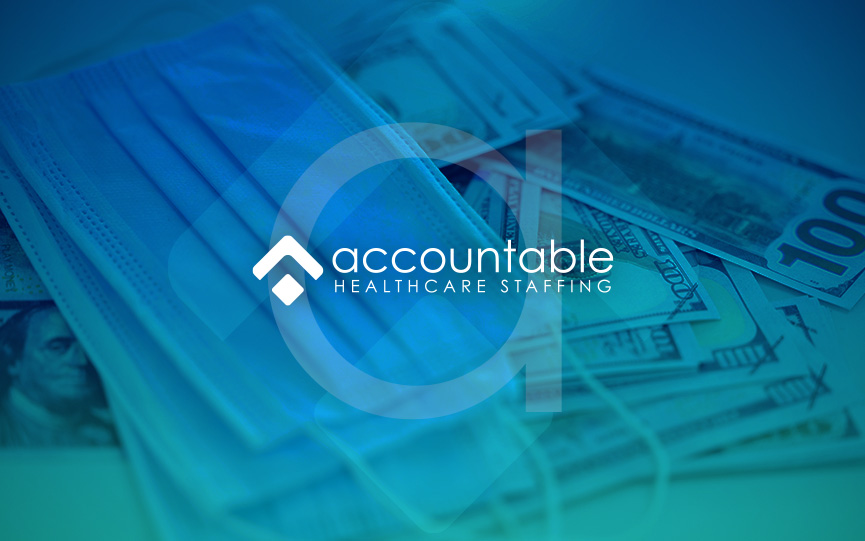From the onset of the COVID-19 pandemic, the world witnessed the heroic efforts of healthcare workers, particularly Nurses. Amid overwhelming challenges, their dedication and resilience illuminated the significance of their role in society. This fresh appreciation of their profession catalyzed a dramatic shift in nursing pay rates, reflecting new realities and demands of the job.
Pre-COVID, the nursing profession was known for its steady pay structure, with relatively modest annual increases, primarily determined by factors like experience, specialization, and geographical location. However, the sudden onslaught of COVID-19 threw the entire healthcare system into chaos, and nurses found themselves on the front lines of a global health crisis. Consequently, the value placed on these essential workers began to change.
The pandemic led to an unprecedented demand for nurses, resulting in a significant surge in pay rates. The reasons were twofold. First, the massive influx of patients during the pandemic’s peak periods caused a spike in demand for nursing services, leading to a staff shortage. Secondly, the hazardous conditions associated with COVID care further fueled this demand. Many hospitals and healthcare institutions started offering “hazard pay” or “crisis pay” as an incentive to retain and attract more nurses. The pay increases were further bolstered by offering overtime and double-time wages for those willing to work extra hours.
In addition, travel nursing became a lucrative option for many. The highly transient nature of the pandemic, with hotspots constantly shifting, necessitated a flexible nursing force. Travel nurses, who move around to meet temporary staffing needs, saw significant wage increases, with some packages offering tax-free stipends for housing, meals, and other incidentals on top of their base pay.
The post-COVID era has seen a normalization of this increased pay rate for nurses, reflecting the new normal in healthcare. Many institutions have maintained higher pay rates due to the ongoing demands of pandemic aftermath care and to retain experienced staff. The rising pay rates represent an encouraging shift in recognizing the vital role that nurses play in our healthcare system.
However, this rise in pay rates has not come without its challenges. Smaller healthcare facilities, especially in rural areas, struggle to meet the new pay standards, leading to staff shortages and further stressing these already strained systems. Additionally, burnout remains a significant issue. While increased compensation is a positive change, it doesn’t negate the immense emotional and physical toll of the profession, especially in a post-pandemic world.
The COVID-19 pandemic has irrevocably transformed the nursing profession. The skyrocketing demand for these healthcare heroes led to unprecedented pay increases, finally acknowledging the critical value of their work. As we navigate this post-COVID world, we are still seeing pay rates higher than 2020 and we most likely won’t see them drop below pre-COVID rates again. Our HCPs service is invaluable and deserves to be met with appropriate remuneration and support. This is an essential step toward a more resilient and equitable healthcare system and the normalization of nursing pay and bill rates that are satisfactory to all.
